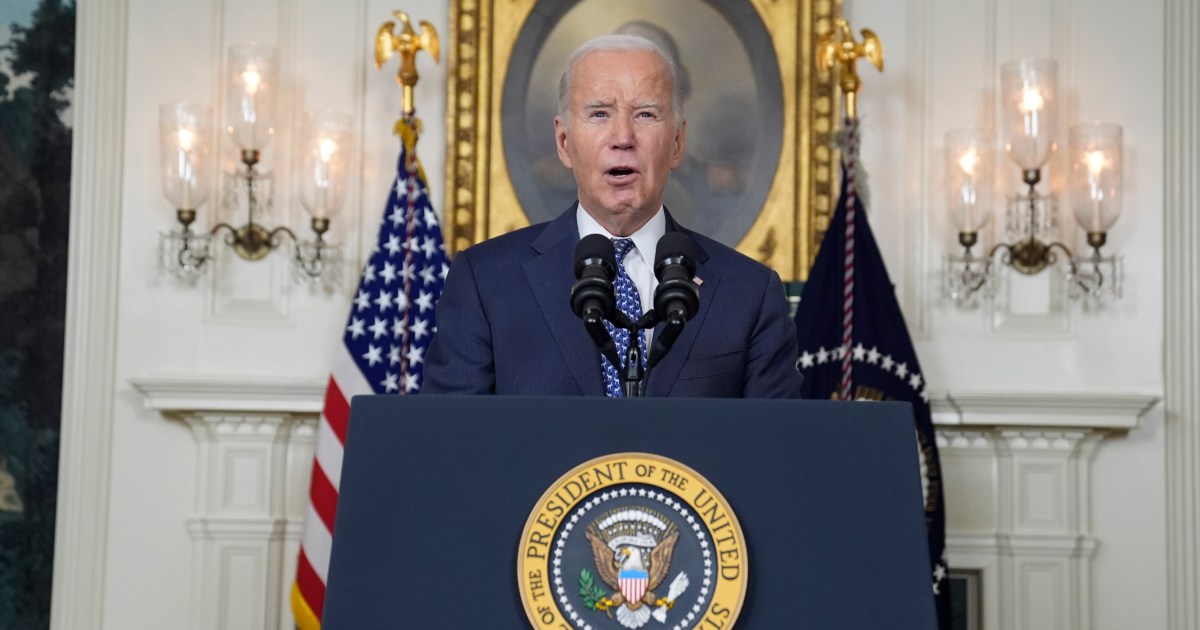This week I shared a recipe for Gobi (cauliflower) Manchurian which is an Indochinese dish. Indochinese foods were for the most part concocted by Chinese settlers in India, adapting Chinese seasoning and cooking techniques to Indian tastes. Manchurian and other Indochinese dishes, to the surprise of many from the Indian subcontinent, are not native to Chinese cuisine, rather they’re in a category of their own and uniquely a South Asian phenomenon.
I absolutely love fusion foods, especially Indochinese and what’s not to love with it’s spicy, sweet, tangy, pungent flavors! Indochinese food is extremely popular among South Asians. It’s gotten to the point, at least for my family, where an Indochinese dish must feature on the menu for gatherings – think chili paneer, Gobi Manchurian, even veg/chicken jalfrezi! These dishes have come about from Chinese flavors and cooking techniques so I thought it’s important to delve into it a bit more and where it originated from.

The Silk Road: Ancient relations between India and China
India and China, these bordering nations that were once empires, have a long and interlinked histories. This goes all the way back to ancient times of the Silk Road (or Silk routes) which was a network of trading posts and pathways on land and sea spanning from China and the Indonesian islands through India and the Middle East, all the way to Northeastern Africa and Italy. This route was used for the exchange of goods and ideas between the East and West.
The exchange between India and China included goods like silks, rice and crockery from China and spices from India. Culture, ideas, religion (Buddhism for example) were exchanged between the two countries over history and fusion of the cuisines existed long before the creation of Indochinese foods by Chinese settlers in India. This is evident from foods like rice dishes cooked in Indianized Chinese woks in South India and the use of Indian spices like ginger, cinnamon and black pepper in Chinese food. Rice and tea also has its origins in China, which is undeniably a staple for us Desis!

Chinese settlers in India
The first known Chinese immigrant settled in Calcutta, India in 1778. At the time, Calcutta was the most accessible metropolitan area of the country by land from China. It was also the capital of British-ruled India making it a great place for material prospects and opportunity. There was a wave of immigrants from the Guangdong province of China who fled to India due to civil war, famine, poverty and conflict, searching for safety and prosperity. The settlers set up their various businesses and restaurants.
The traditional Chinese food that they ate and served in restaurants in India started to evolve, firstly because of the availability of the ingredients and spices differing from those traditionally used in China, therefore forcing the flavors to naturally Indianize. For example you will notice vegetables such as cabbage, carrots and bell peppers in Indochinese food rather than the native Chinese greens like choy sum, gai lan and baby spinach.

Secondly, the restaurateurs started to adapt the foods to the tastes of their Indian patrons to increase their sales, using more spices, sauce and oil than their traditional dishes required. The combination of exotic Chinese foods and the familiar flavors of chili, curry and cornstarch attracted customers to what is known as the first Indochinese restaurants, Eau Chew in Calcutta, which is still standing today! Calcutta hosts the country’s only China Town and Indochinese food can be found across the country at restaurants and roadside vendors.
An interesting story is the invention of Manchurian, which is said to have been invented in 1975 by Nelson Wang, a cook at the Cricket Club of India in Mumbai. A customer asked him to create a new dish and so he started with the main ingredients of an Indian dish, garlic, ginger and green chilis but instead of adding Indian spices like garam masala, he added soy sauce followed by cornstarch and chicken. The item became hugely popular and is now found on every Indochinese menu!

Indochinese cuisine today
Indochinese food is extremely popular throughout India and South Asia and had made it’s way to to the West and Middle East via South Asian immigrants. Indochinese food is generally characterized by stir frying Indian vegetables and spices in generous amounts of pungent Chinese sauces, oil and thickening agents. Popular Indochinese items are:
-
(Vegetable, chicken, cauliflower) Manchurian
-
(Chicken, vegetable) Jalfrezi
As you might have gathered the main ingredient in these dishes can be substituted with other meats, vegetables or paneer.

Indochinese food is such a popular subsect of and is becoming ubiquitous with South Asian cuisine. It’s popularity is not a surprise, it tastes so darn good and I would say is a comfort food for most (it being mostly fried and packing in a lot of flavor!). I think it’s also important to be mindful of its origin and not be ignorant – I’ve read so many stories of people ordering Manchurian at Chinese restaurants! Understanding the history of these fusion foods has given me a new-found appreciation of how amazing food can alchemize from the relations between different countries and cultures. Our differences is what makes us beautiful and can create something totally unique and delicious when they come together!
Let me know if you have tried Indochinese or any other fusion foods you recommend!

#Indochinese #Food #history #East #Asian #influence #South #Asian #Food



